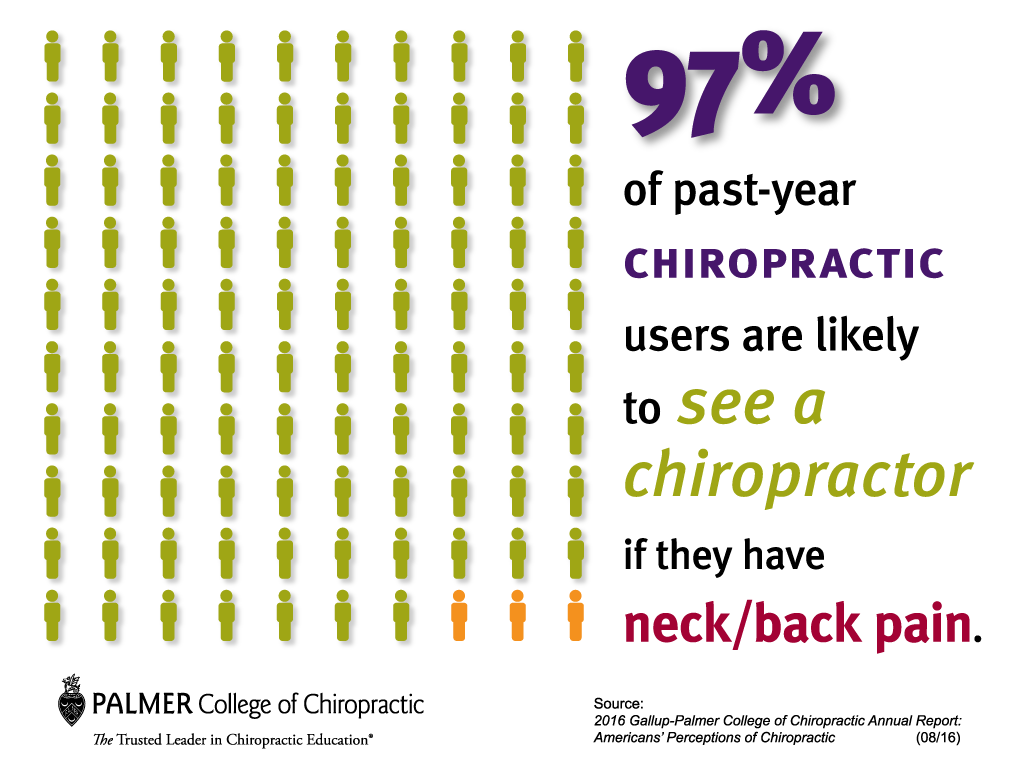The Science Behind Cold Laser Treatment: Understanding Its Devices And Impacts
The Science Behind Cold Laser Treatment: Understanding Its Devices And Impacts
Blog Article
Created By-Harbo Roberson
You may have become aware of cold laser treatment as a promising therapy alternative for numerous problems, yet have you ever before wondered how it in fact works with a mobile level? Recognizing the devices behind this treatment can shed light on its performance in advertising recovery and decreasing inflammation. By exploring the science behind cold laser therapy, you'll gain understandings into the remarkable methods which light can influence mobile procedures and help with tissue fixing.
Exactly How Cold Laser Therapy Works
To understand how cold laser treatment works, you require to realize the fundamental concepts of exactly how light energy connects with biological cells. Cold laser therapy, also referred to as low-level laser therapy (LLLT), uses specific wavelengths of light to penetrate the skin and target hidden tissues. Unlike hair restoration stamford ct safe laser therapy used in surgeries, cold lasers give off low degrees of light that don't create heat or cause damage to the tissues.
When these gentle light waves reach the cells, they're absorbed by parts called chromophores, such as cytochrome c oxidase in mitochondria. This absorption causes a collection of biological reactions, including enhanced mobile energy manufacturing and the release of nitric oxide, which enhances blood circulation and lowers swelling.
In addition, the light power can additionally boost the manufacturing of adenosine triphosphate (ATP), the power currency of cells, aiding in cellular repair work and regrowth processes.
Basically, cold laser therapy utilizes the power of light power to promote recovery and reduce pain in a non-invasive and mild fashion.
Mechanisms of Action
Exactly how does cold laser therapy actually work to create its healing impacts on organic tissues?
Cold laser treatment, additionally referred to as low-level laser therapy (LLLT), operates with a procedure known as photobiomodulation. When the cold laser is related to the skin, the light power permeates the cells and is taken in by chromophores within the cells.
These chromophores, such as cytochrome c oxidase in the mitochondria, are after that boosted by the light energy, leading to a waterfall of biological responses. One vital mechanism of activity is the improvement of mobile metabolic rate.
https://www.harpersbazaar.com/uk/beauty/skincare/a39583743/lyma-laser/ soaked up light power boosts ATP manufacturing in the mitochondria, which is essential for cellular feature and repair service. In addition, cold laser therapy aids to lower inflammation by inhibiting inflammatory arbitrators and promoting the launch of anti-inflammatory cytokines.
This anti-inflammatory impact adds to pain alleviation and cells recovery.
Healing Impacts
Understanding the therapeutic impacts of cold laser treatment involves identifying exactly how the boosted mobile metabolic process and anti-inflammatory buildings contribute to its favorable end results on biological cells.
When the cold laser is related to the affected area, it promotes the mitochondria within the cells, leading to boosted production of adenosine triphosphate (ATP), which is vital for mobile function and fixing. This increase in cellular energy accelerates the healing process by advertising cells regrowth and minimizing inflammation.
In addition, the anti-inflammatory residential or commercial properties of cold laser therapy help to lower discomfort and swelling in the targeted area. By preventing inflammatory moderators and promoting the release of anti-inflammatory cytokines, cold laser treatment aids in relieving pain and boosting the total healing feedback.
This decrease in inflammation not only supplies instant relief yet likewise sustains long-lasting cells repair.
Verdict
Finally, cold laser therapy functions by boosting cellular repair work and tissue regrowth via photobiomodulation. Its anti-inflammatory residential properties give discomfort relief and minimize swelling by preventing inflammatory moderators.
This therapy provides a thorough strategy to recovery, providing both instant alleviation and lasting cells repair advantages.
With its devices of action, cold laser treatment confirms to be an efficient and promising therapy alternative for a selection of conditions.
